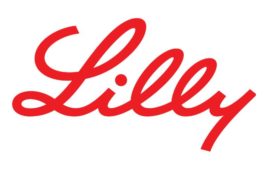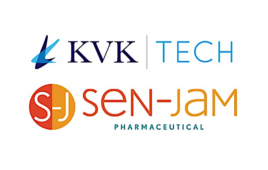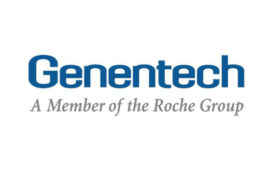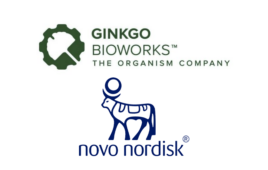While data from “Women in STEM workforce 2017” indicate that 42 percent of science professionals are female, the number of women in executive leadership positions in Big Pharma “dropped depressingly low,” according to a report by U.K.-based Assured Pharmacy, which noted that of the top 10 pharmaceutical companies, only one has a female CEO—Emma Walmsley of GlaxoSmithKline.
To classify the number of women in leadership roles, the pharmacy group reviewed each company’s website and recorded board members and women serving on executive leadership teams.

(Credit: Assured Pharmacy)
Among the findings:
- Of the 133 people that make up the executive leadership teams across the top 10, only 34 are female (22 percent)
- Johnson & Johnson and Pfizer have the most narrow gender gaps in their executive teams with 40 percent made up of women for each company
- Next, and quite far behind them, is Abbott Laboratories with females making up 27 percent of their executive team
- Bayer is way behind with only 8 percent on the executive team

(Credit: Assured Pharmacy)
- 116 people are on the boards of directors across the top 10 pharmaceutical companies. 34 are female (29 percent)
- GlaxoSmithKline and Sanofi have the most diverse boards with 45 percent and 43 percent of their teams being female, respectively
- Bayer is the only company to not have a single female on the board of directors

(Credit: Assured Pharmacy)
Not a single leadership team has an equal number of men and women at the helm and combined across each of the top 10 pharmaceutical companies women only account for 25 percent of leadership teams, according to the report. Johnson & Johnson is well ahead with 35 percent of their leadership team being comprised of women, while Bayer is significantly lacking in equality with just 1 woman in leadership for the entire company (6 percent).
GlaxoSmithKline follows Johnson & Johnson shortly after with 33 percent of leadership being female; perhaps not surprising for a company with a female CEO, but that’s still just one-third of their entire leadership team.
Gender equality has come a long way in the past 100 years and although this improvement has helped see women make up nearly 50 percent of the total workforce in the pharmaceutical industry, Assured says there still is “a long way to go before we see the gap in gender equality within pharmaceutical leadership begin to close.”
(Source: Assured Pharmacy)




